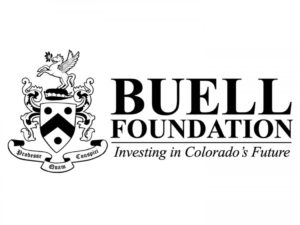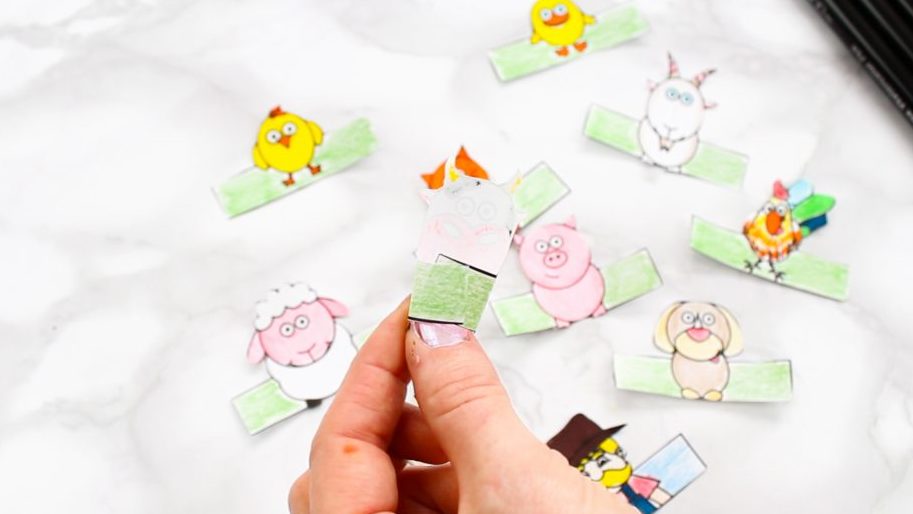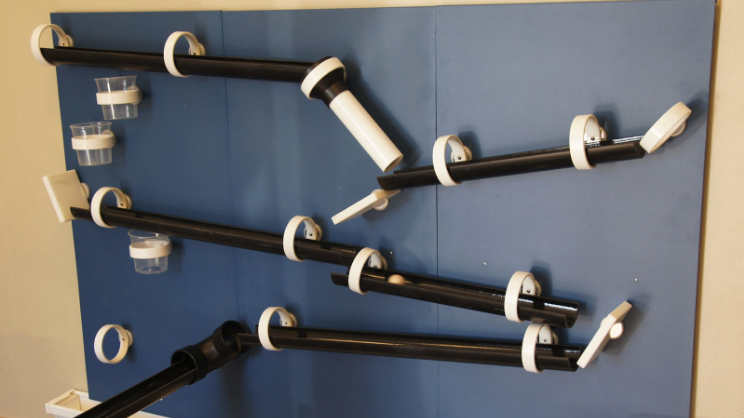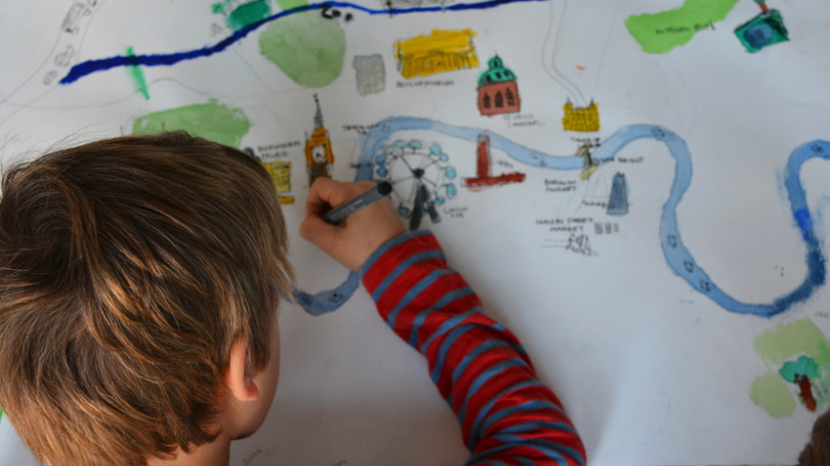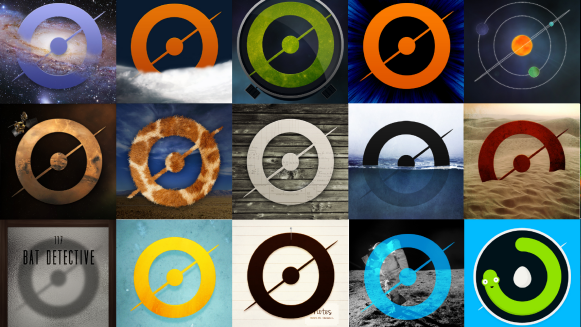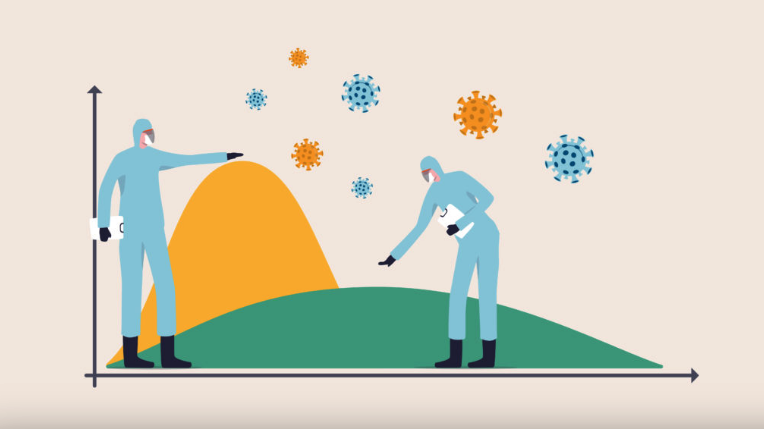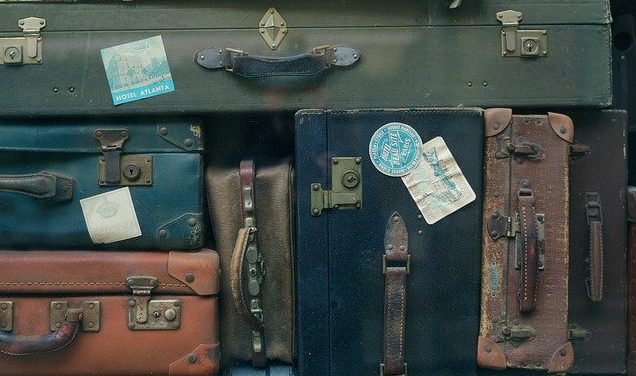Post written by Lea Mikkelsen, Early Childhood Coordinator.
Daily Discovery: Over on the Farm Finger Puppets
Follow along with FCMoD’s live stream Storytime in the Home: Over on the Farm. Then grab your craft supplies and create some adorable farm finger puppets! Keep practicing your counting at home with the lovely flashcards featuring illustrations from the book.
Supplies:
- Printed finger puppet activity sheet
- Scissors
- Crayons or markers
- Glue (optional)
Instructions:
- Color the finger puppet activity sheet.
- Cut out the finger puppets.
- Cut a small slot to connect the paper ring that goes around your finger or use glue to close the ring.
- Have a farm animal finger puppet show! Tip: Try doing a video chat puppet show for your friends and family while you practice social distancing!
- Print out the additional coloring page and the farm animal flash cards to keep the discovery going!
Tip: Don’t have a printer? Try drawing and cutting out your own finger puppets from paper! Here is a tutorial!
Want to download these directions? Click here for a handy PDF!
Follow along with our Daily Discovery! Click here for all activities that you can do at home.
Image Credit: Arty Crafty Kids
Educational opportunities like this are supported in part by Buell Foundation. Their support helps make access to early childhood education at FCMoD possible for everyone in our community.
